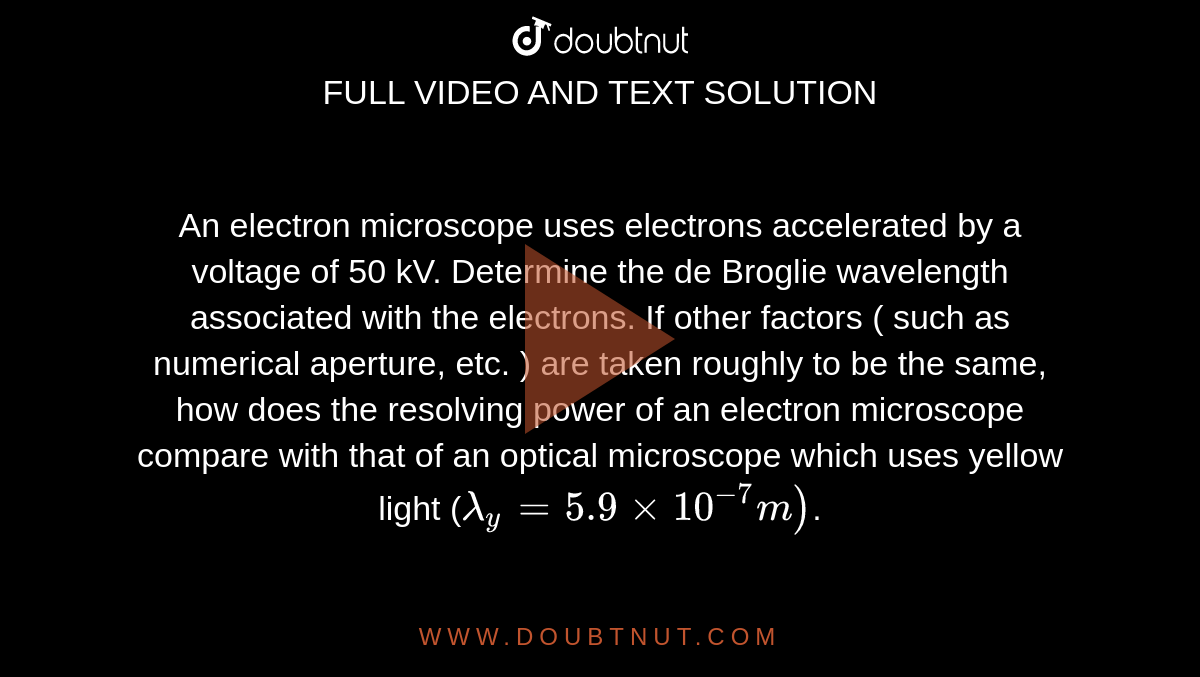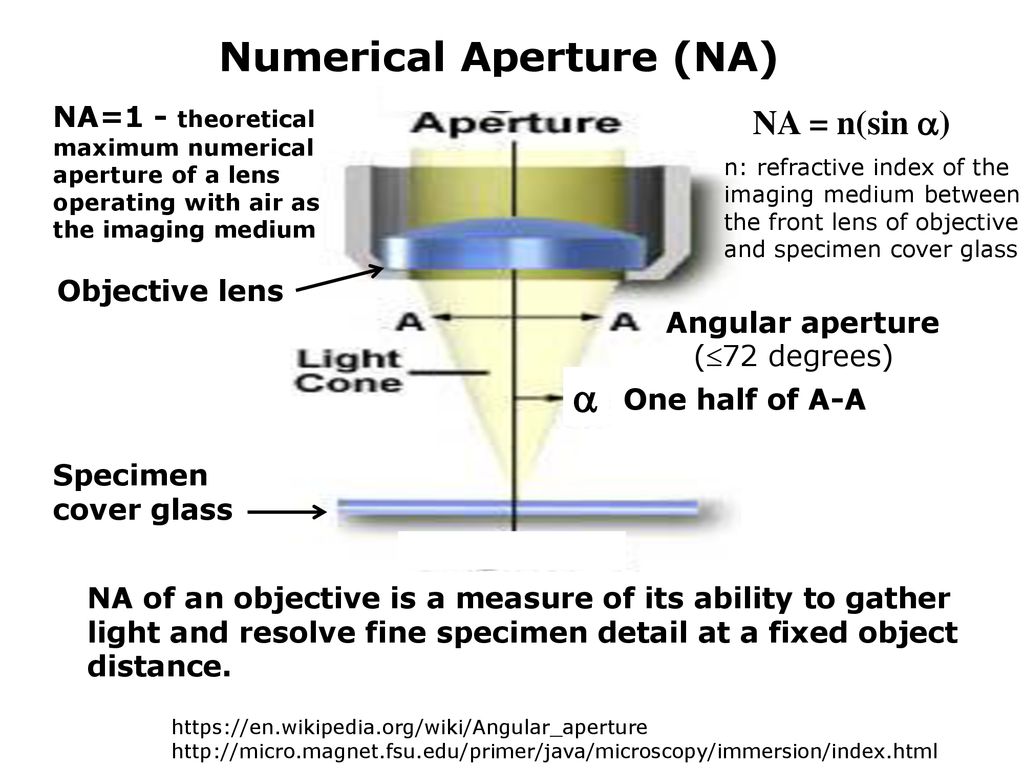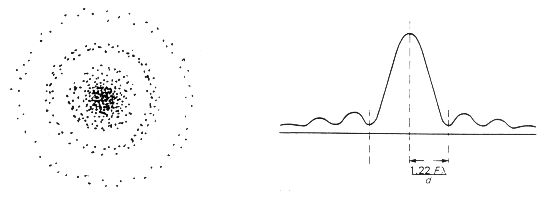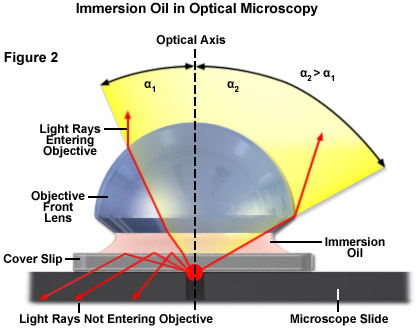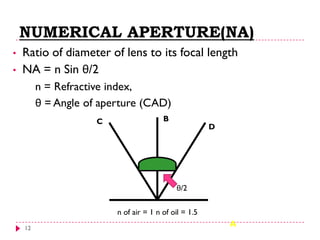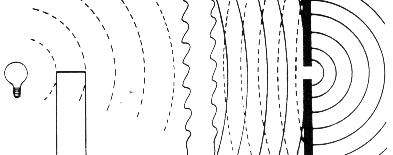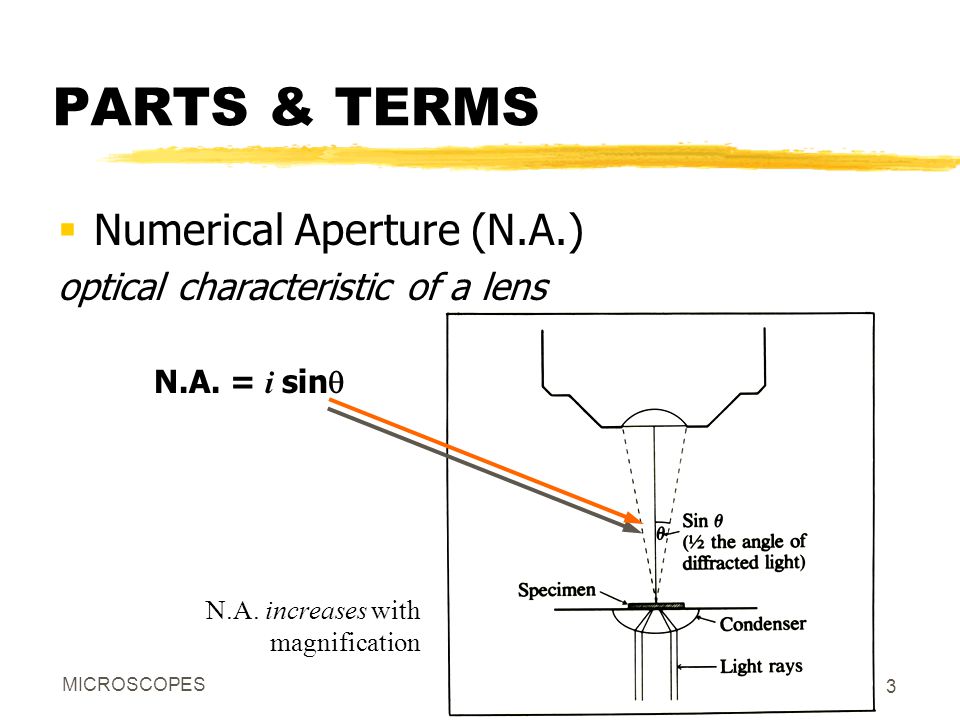
Collecting Light: The Importance of Numerical Aperture in Microscopy | Science Lab | Leica Microsystems

An electron microscope uses electrons accelerated by a voltage of 50 kV. Determine the de - Broglie wavelength associated with the electrons. Taking other factors, such as numerical aperture etc. to be
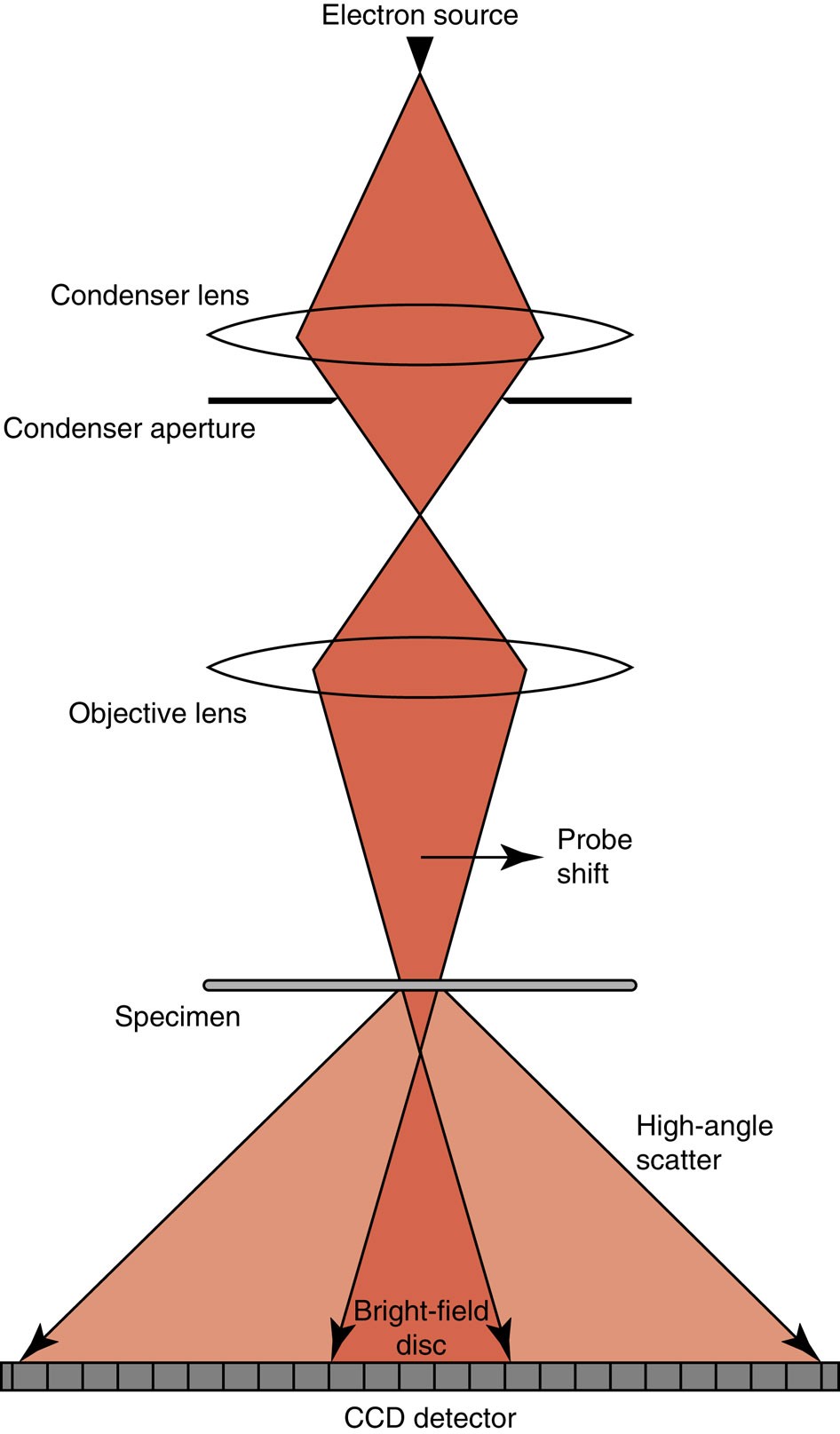
Ptychographic electron microscopy using high-angle dark-field scattering for sub-nanometre resolution imaging | Nature Communications

electromagnetism - Why do we need an objective lens in a scanning electron microscope? - Physics Stack Exchange
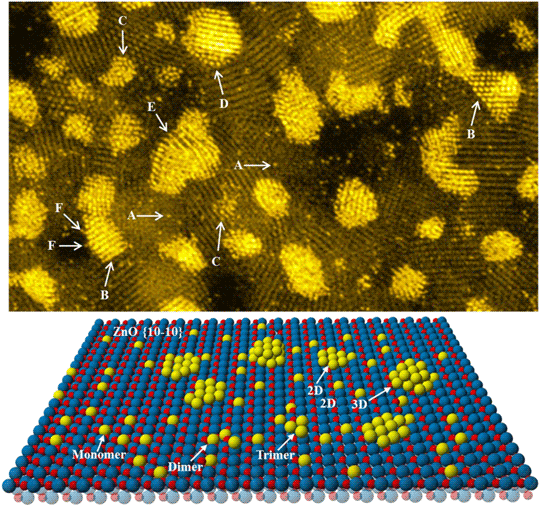
Advances and Applications of Atomic-Resolution Scanning Transmission Electron Microscopy | Microscopy and Microanalysis | Cambridge Core
